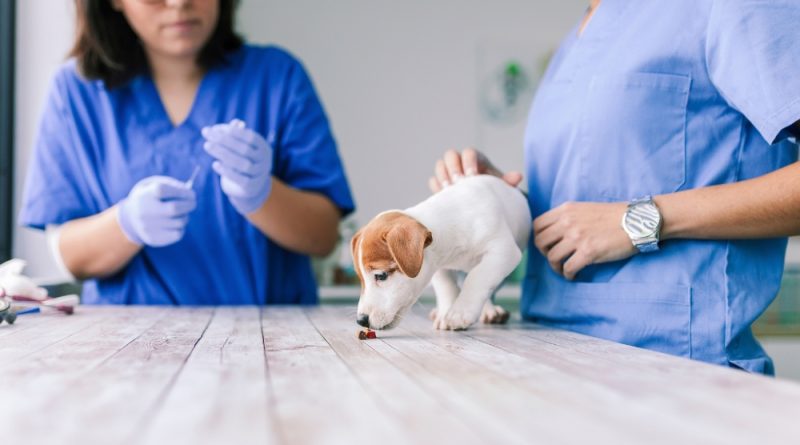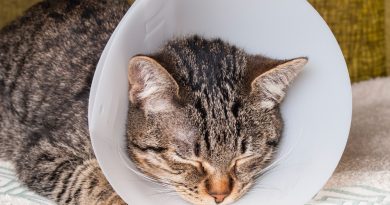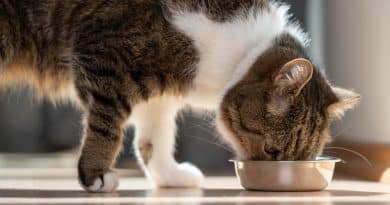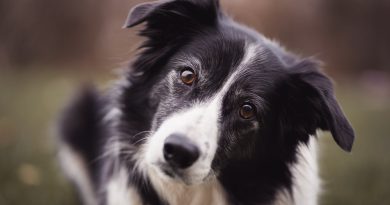Can dogs and cats have anesthesia?
Every surgical procedure, whether scaling, castration or plastic surgery, requires the animal to be performed under anesthesia. Anesthesia for dogs and cats ensures that the pet is pain-free and keeps it unconscious throughout the procedure.
Thus, with humans, each animal is anesthetized differently, so there is a risk of adverse effects, reversible or not.
Anesthesia for dogs and cats can be inhalation or injectable, general or topical. General anesthesia, when administered with drugs that promote loss of consciousness or artificial sleep, acts by temporarily suppressing the perception of pain (analgesia) and promoting muscle relaxation associated with the lack of defensive response.
Local anesthesia, on the other hand, is the administration of medication for the sole purpose of blocking nerve impulses at the surgical site without rendering the animal completely unconscious.
Inhaled anesthesia is safer than injected anesthesia because it does not need to be metabolized by the body to work.
He has the ability to inhale the drug and, as soon as the animal comes out of anesthesia and breathes fresh air again, he begins to recover from anesthesia and is much calmer post-operatively.
To inhale the anesthetic, the animal needs to be intubated and, in addition, the presence of a veterinary anesthetist with specific equipment for this procedure is required.
The amount of anesthesia can be increased and decreased within minutes depending on whether the procedure is advanced or completed. It is safer for the heart and, when available, the best choice for seniors or pets with heart disease.
There are two medications that are most used during this procedure and the veterinarian will decide which is best for the animal in question. Higher costs and the need for equipment somewhat limit the use of this anesthesia.
Injectable anesthetics are applied intramuscularly or intravenously and are the most used in veterinary medicine as they are less expensive and do not require specific equipment.
Most of the time, more than one medication is used at a time, chosen by the veterinarian based on the animal’s health and age and the surgery to be performed. It has a certain cardiopulmonary inhibitory effect, so it is contraindicated for elderly patients, those with heart disease or those with cardiopulmonary function problems.
The best and safest anesthetic must be well evaluated so that the procedure can be carried out to guarantee the health and well-being of the pet.
Today you learned that dogs and cats can take anesthesia, as long as they are within each specification and especially in the right dosage, otherwise, many bad things can happen as a result of negligence or lack of expertise.
That’s why we strongly recommend that you take your pet to a professional trained with the material and space reserved for surgical procedures.
Share with your contacts to help more people understand the need and time to take your dog or kitten to carry out any necessary procedures. Take advantage of the tips and always take good care of your pet, he trusts you!




